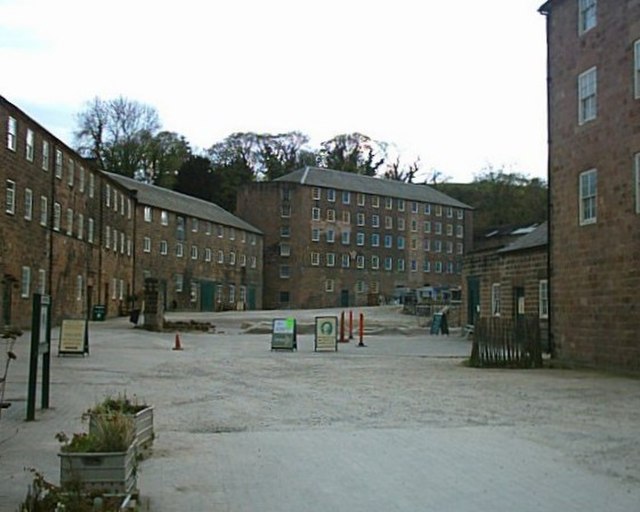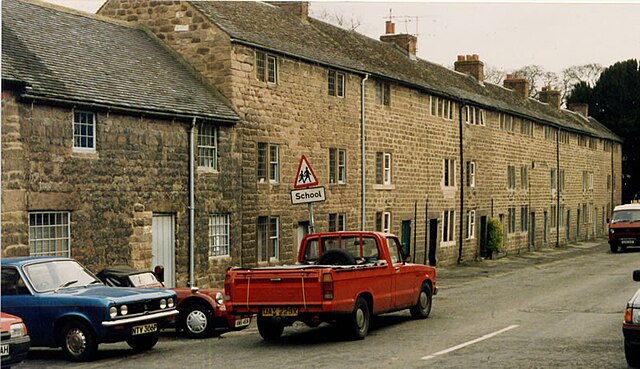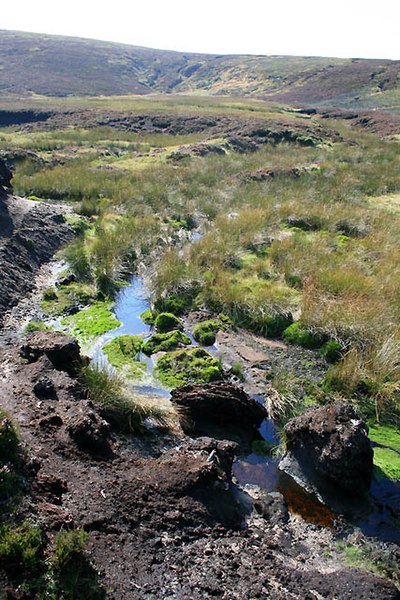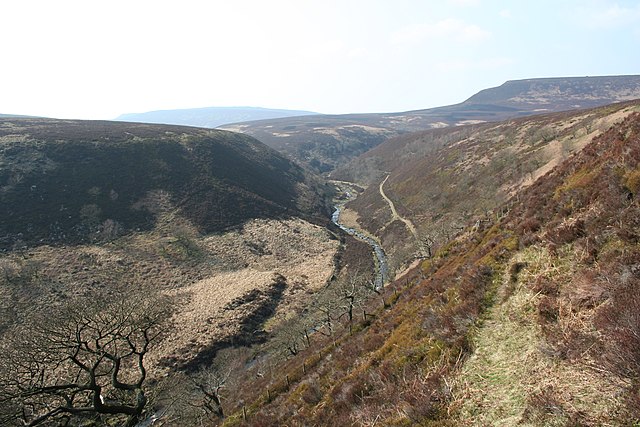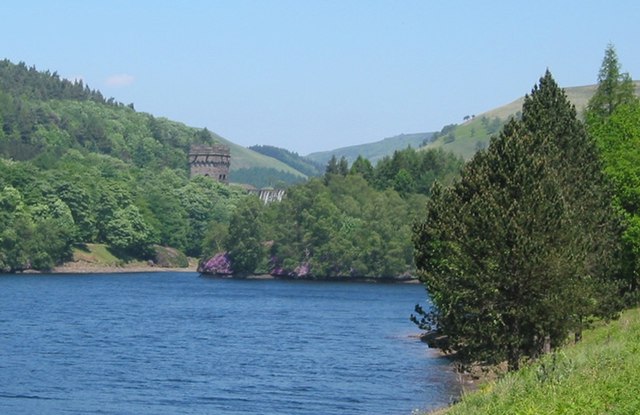Cromford is a village and civil parish in Derbyshire, England, in the valley of the River Derwent between Wirksworth and Matlock. It is 17 miles (27 km) north of Derby, 2 miles (3.2 km) south of Matlock and 1 mile (1.6 km) south of Matlock Bath. It is first mentioned in the 11th-century Domesday Book as Crumforde, a berewick of Wirksworth, and this remained the case throughout the Middle Ages. The population at the 2011 Census was 1,433. It is principally known for its historical connection with Richard Arkwright and the nearby Cromford Mill, which he built outside the village in 1771. Cromford is in the Derwent Valley Mills World Heritage Site.
Cromford Mill
Workers cottages in Cromford, some having "weavers' windows" visible on the top floors
The Greyhound Hotel built for Richard Arkwright in 1778 for the use of businessmen and others visiting the mills.
Cromford Pond built in 1785 as the pound for Cromford Mill.
River Derwent, Derbyshire
The Derwent is a river in Derbyshire, England. It is 50 miles (80 km) long and is a tributary of the River Trent, which it joins south of Derby. Throughout its course, the river mostly flows through the Peak District and its foothills.
The River Derwent, near Hathersage
Boggy ground in Swains Greave, on Bleaklow
The river in its highest stretch, on Howden Moor close to the source
Derwent Reservoir, with river water cascading over Howden Dam, and Howden Moor in the background

